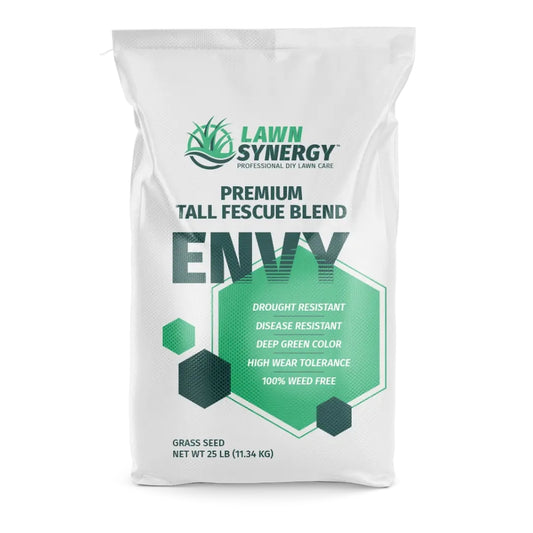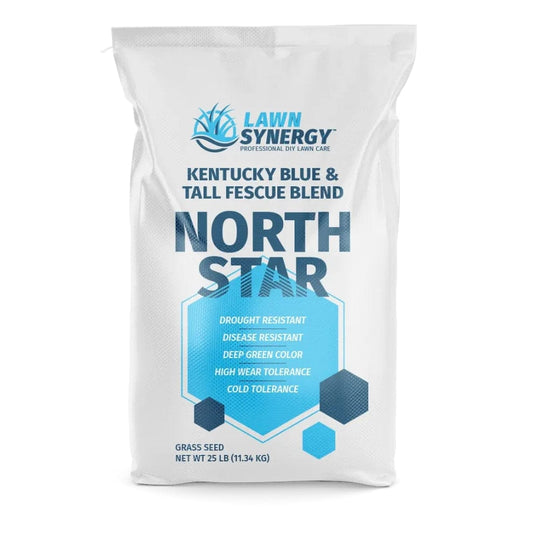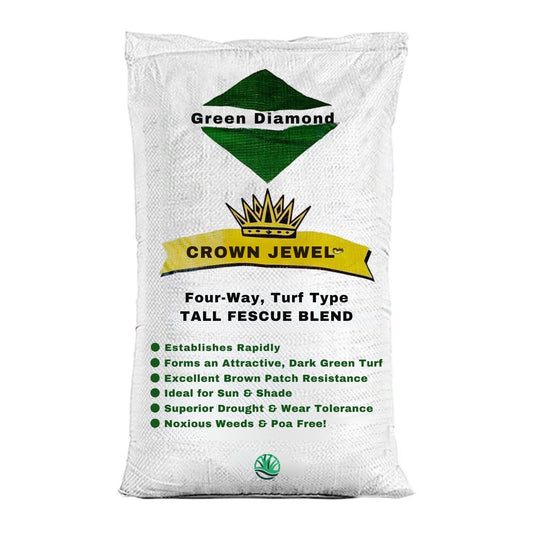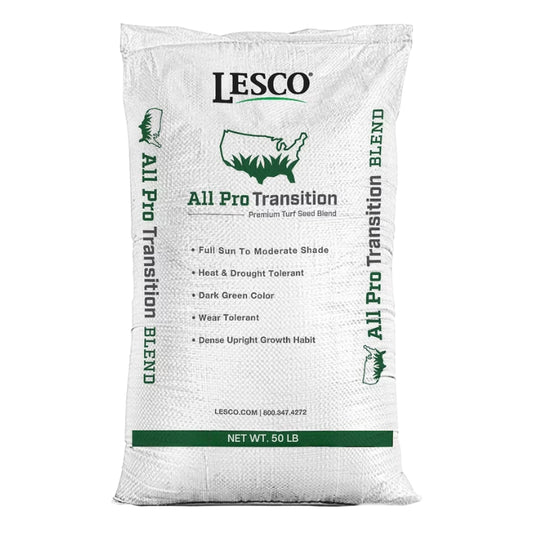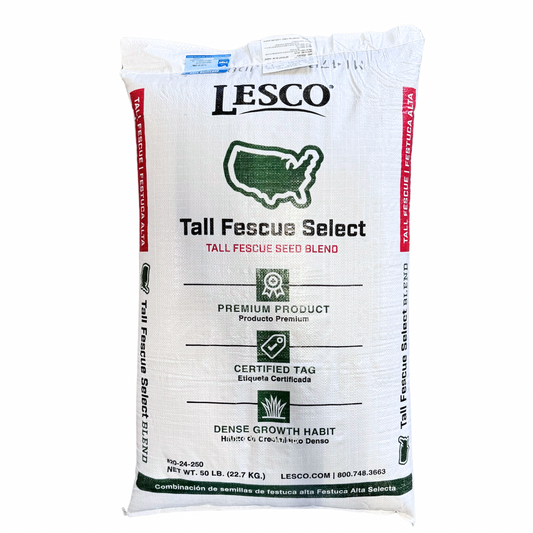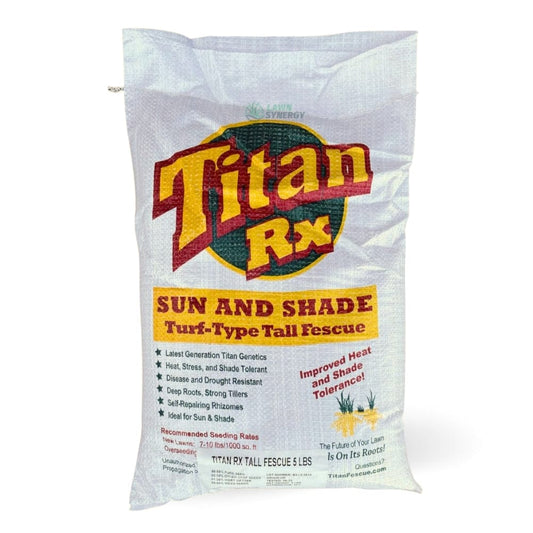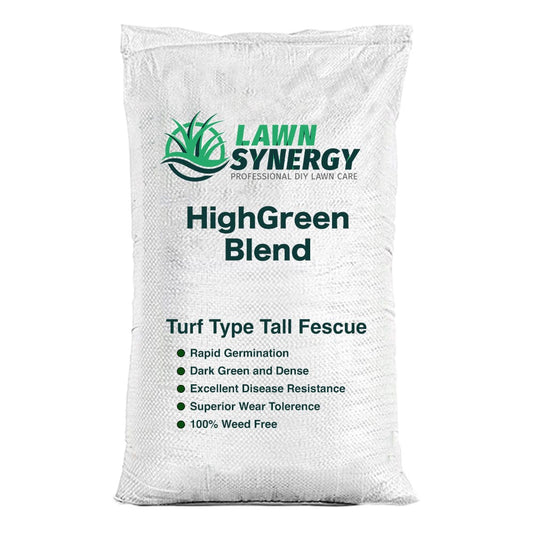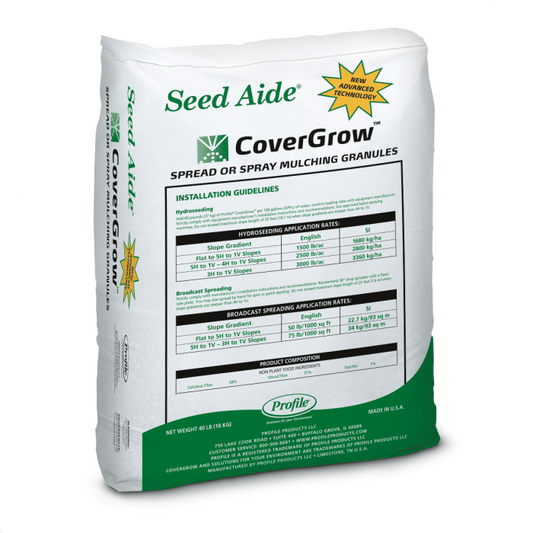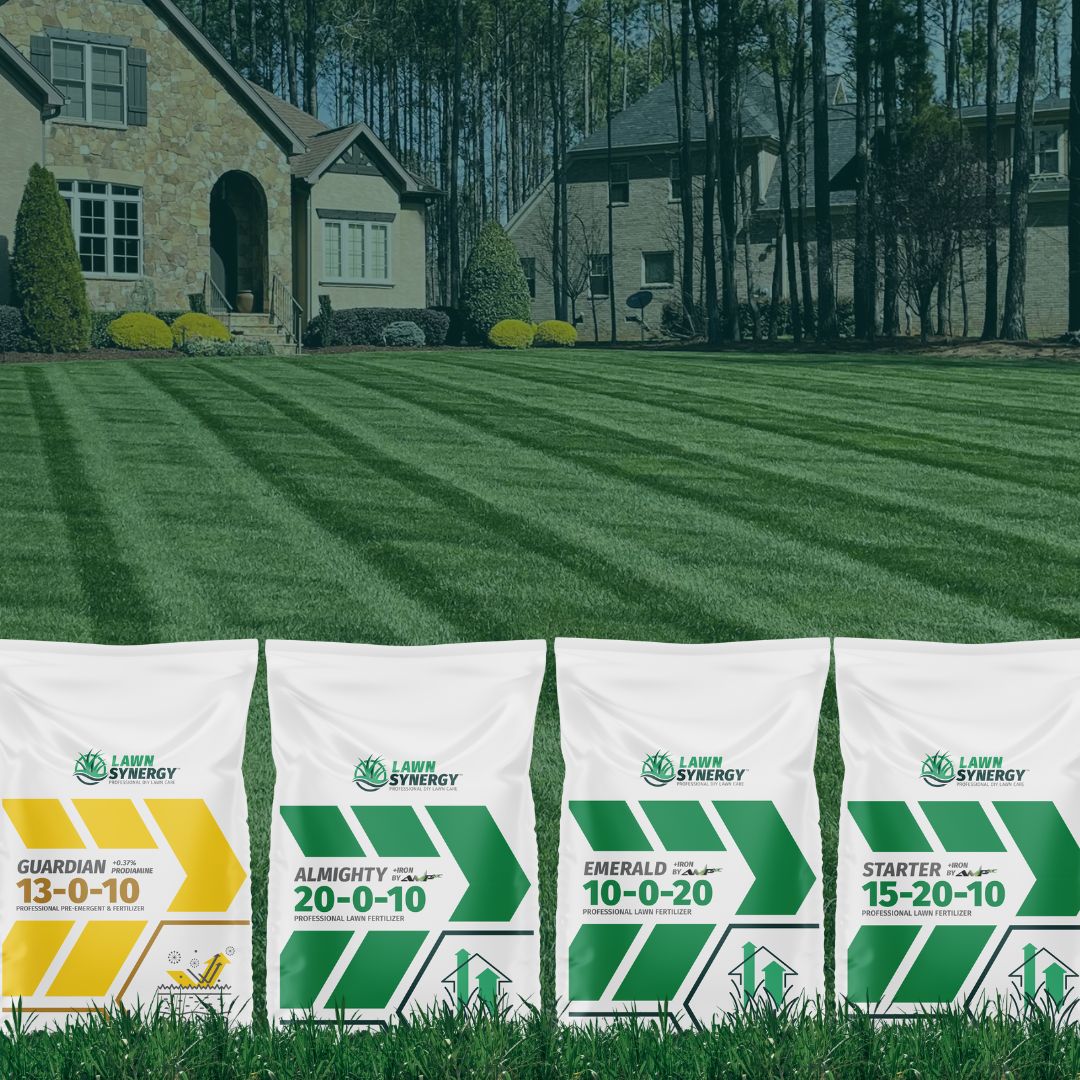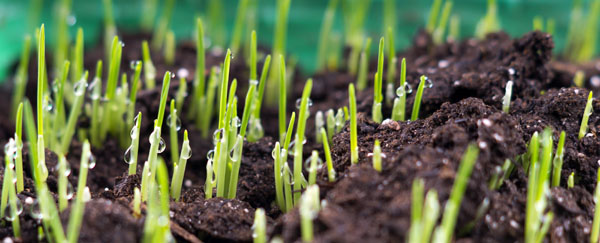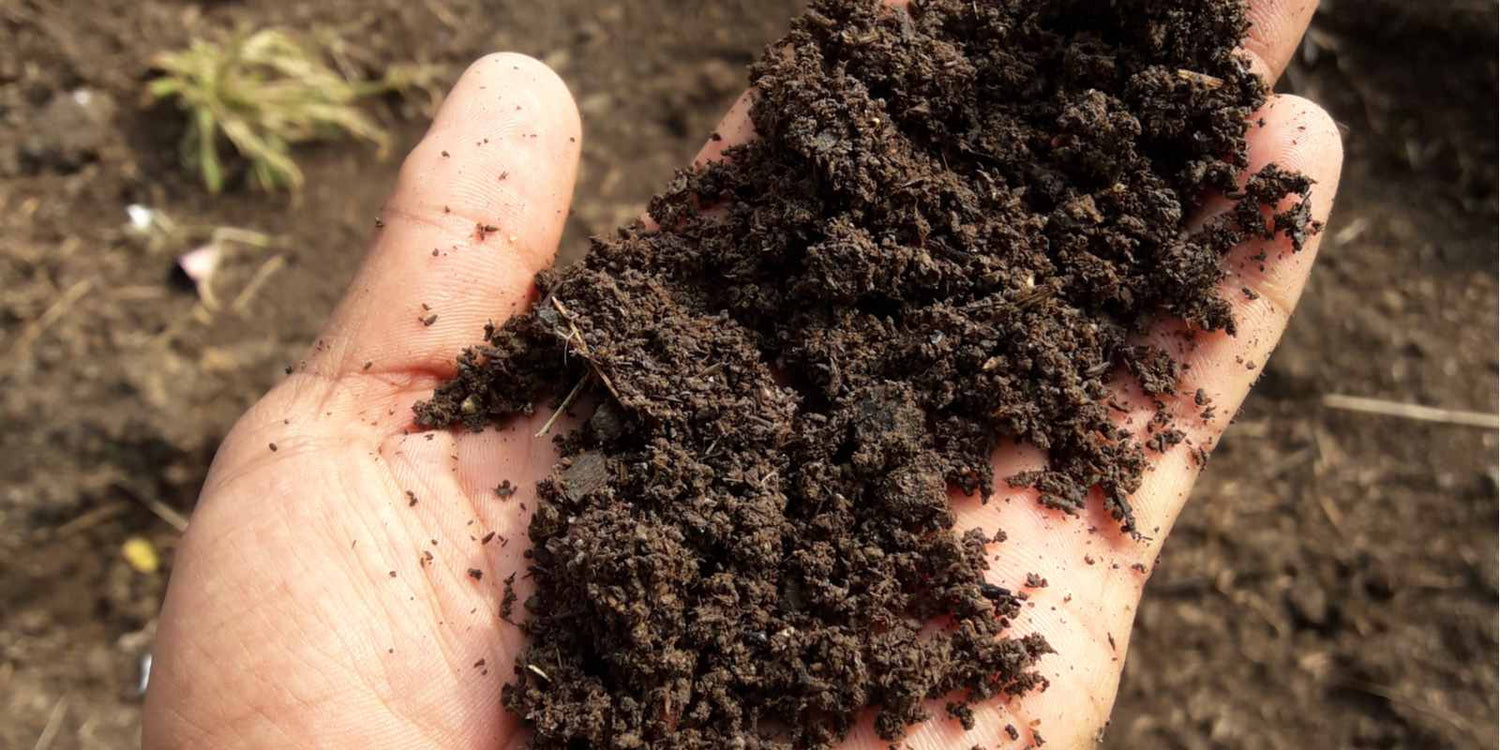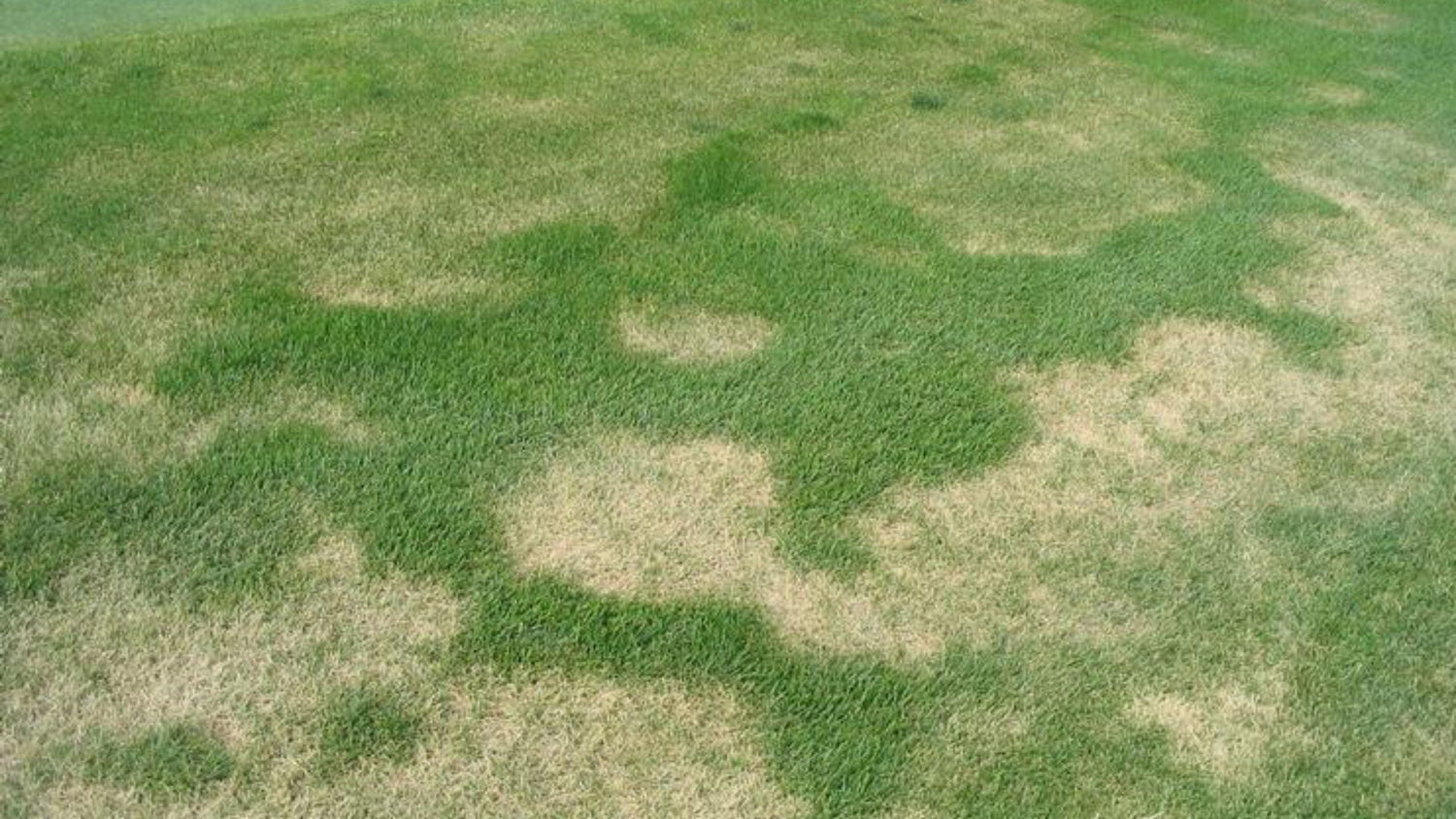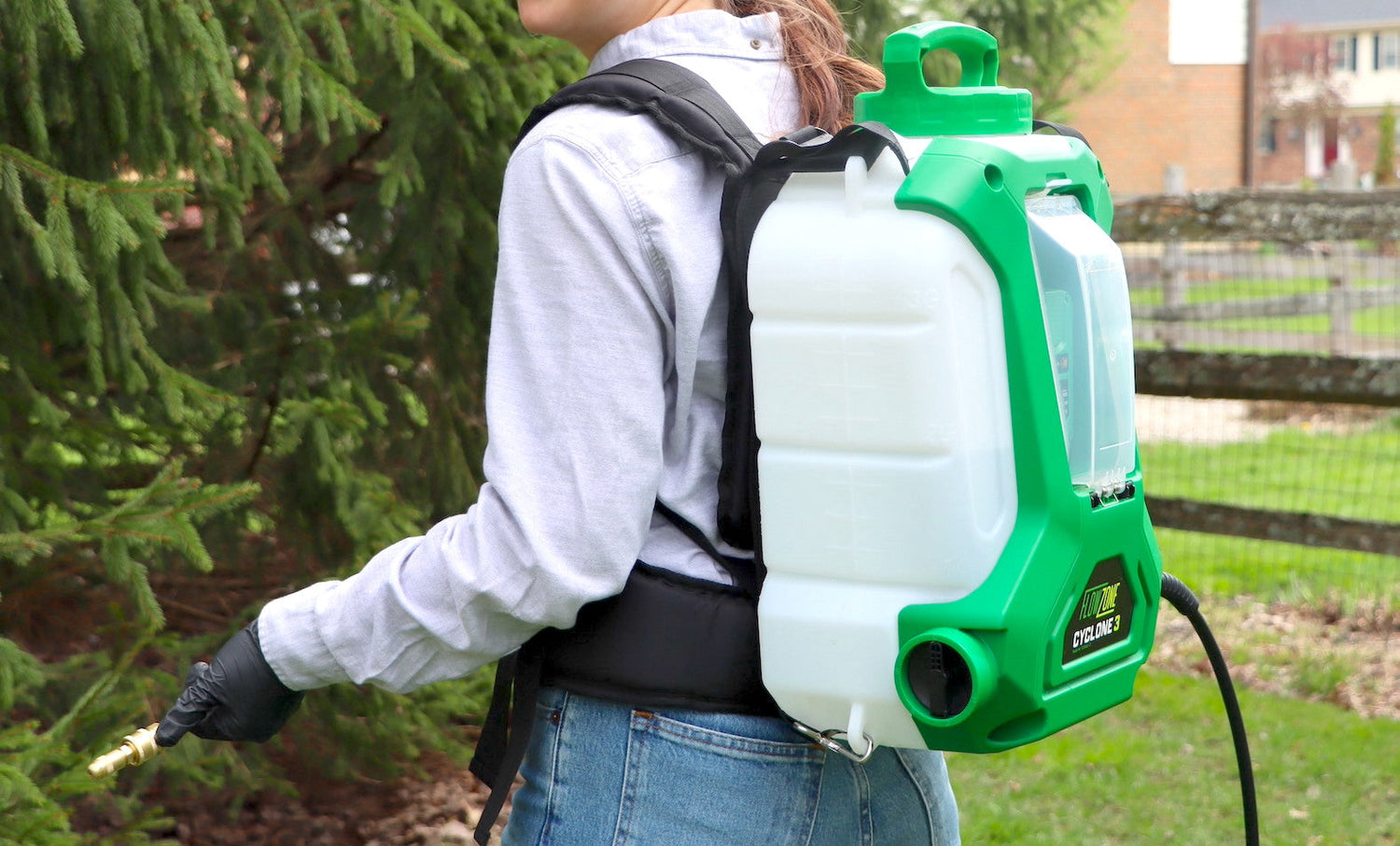Fescue grass seed is a popular choice for homeowners and landscapers who want a lawn that combines beauty, adaptability, and durability. Whether you’re looking to establish a cool-season lawn or improve patchy spots, fescue is a versatile solution. Here’s why fescue grass seed might be the perfect choice for your yard:
Why Choose Fescue Grass Seed?
Fescue thrives in sun, partial shade, and even densely shaded areas, making it an ideal option for diverse landscapes. Tall fescue stands out for its deep root system and exceptional drought tolerance, while fine fescue is perfect for shady or low-maintenance areas. Fescue is also naturally resistant to many common lawn diseases, giving you a healthier, more vibrant lawn. Compared to Kentucky bluegrass, fescue requires less frequent watering and mowing, offering a more sustainable and low-maintenance lawn care option.
Our Top Recommendation
For homeowners seeking the best in class, our Envy Premium Tall Fescue Seed is the ultimate choice. This high-quality blend is designed to produce a lush, dark green lawn with superior drought tolerance and disease resistance. Whether you’re starting a new lawn or overseeding, Envy Premium delivers outstanding performance.
Types of Fescue Grass Seed
-
Tall Fescue: Known for its durability, tall fescue grass seed is ideal for lawns in full sun or partial shade. It forms a robust root system that improves drought resistance and overall lawn health.
-
Fine Fescue: This type thrives in shady areas, creating a soft, lush lawn with fine blades. It’s a favorite for areas under trees or in less sunny yards.
-
Blends: Many of the best fescue grass seed products combine tall and fine fescue or add Kentucky bluegrass for a lawn that’s both durable and visually stunning.
Germination and Application Rates
Fescue seeds germinate in 7–14 days under optimal conditions, making them faster than Kentucky bluegrass but slower than ryegrass. For new lawns, apply 6–8 pounds per 1,000 square feet, while overseeding requires 3–5 pounds per 1,000 square feet.
Comparison with Kentucky Bluegrass and Ryegrass
Fescue offers unmatched versatility and durability. It outshines Kentucky bluegrass in drought tolerance and requires less maintenance, making it a favorite for sustainable lawn care. While ryegrass germinates more quickly, it doesn’t have the long-lasting resilience or drought tolerance of fescue.
Best Areas for Fescue Grass Seed
Fescue thrives in cool-season regions, including northern states and the transition zones of the U.S. It’s well-suited for areas with moderate summers and cold winters, making it an excellent choice for states like North Carolina, Pennsylvania, and Ohio.
When to Plant Fescue Grass Seed
The best time to plant fescue grass seed is in the fall (late August to mid-October) or early spring (March to early May). These periods offer ideal soil temperatures and moisture for successful germination and establishment.
Whether you’re starting fresh or thickening an existing lawn, our premium fescue grass seed blends, including the Envy Premium Tall Fescue Seed, are designed to deliver exceptional results. Browse our collection and take the first step toward achieving the lush, green lawn you’ve always wanted.
 Sold out
Sold out
